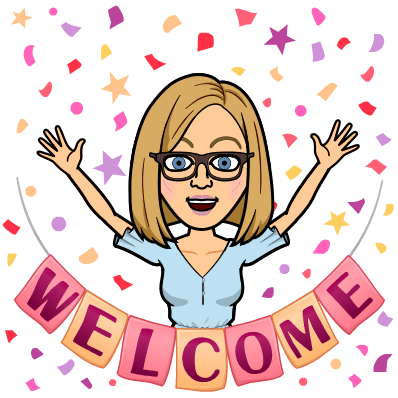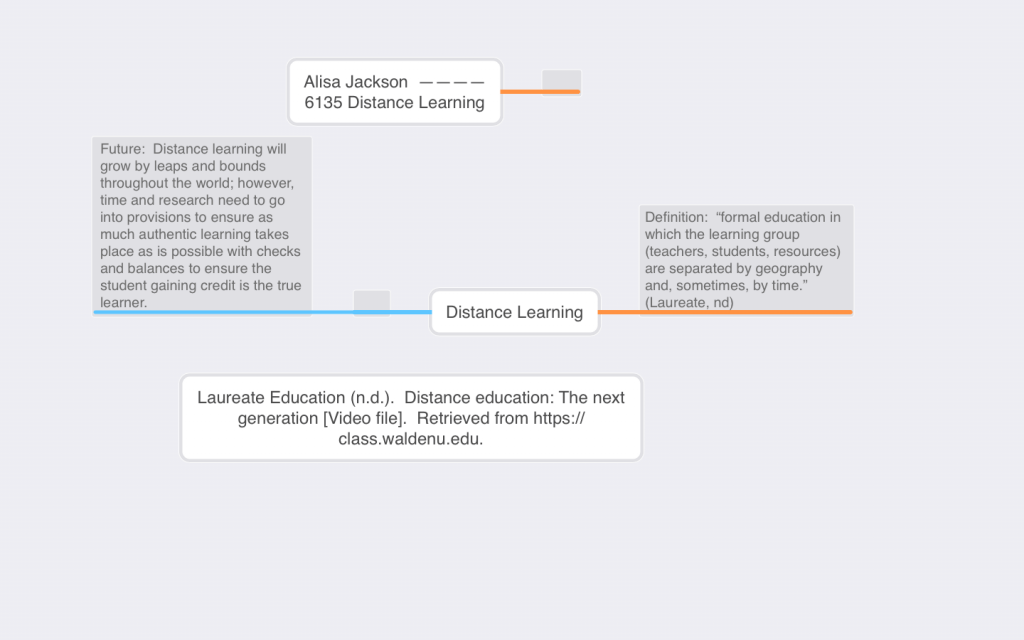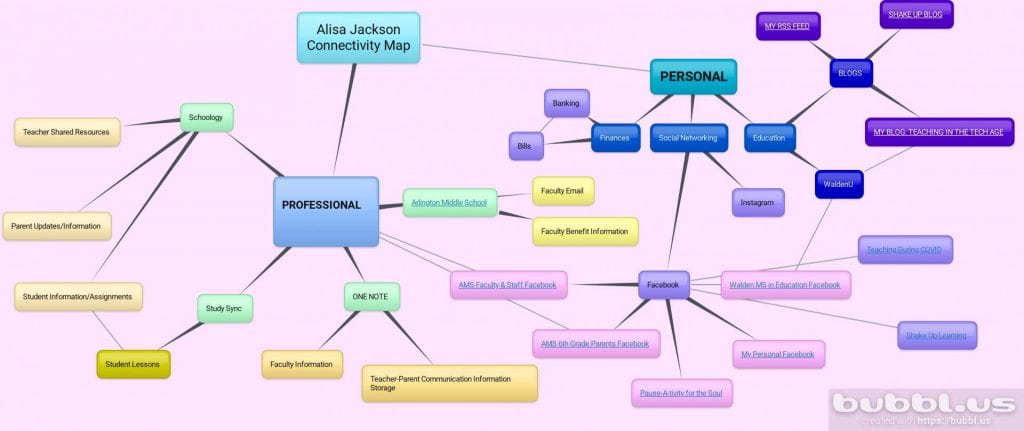
When analyzing how I process, retain, and retrieve information, I can absolute state that my greatest challenge lies in the retention of facts. As a 50-something learner, I find that I can control my atmosphere to maximize focus and comprehension of most information. The problem lies in retaining not only the information, but where the facts were located. Being a grad student, it important that I be able to cite text and this problem results in a loss of time efficiency. After reading this week’s selection, I have begun to understand that this may be due to a combination of two processes. First, my age could indicate the deterioration of synapses from long periods of time between intense learning opportunities (Ormond, p. 90). Second could be related to the manner in which I process this new information. For example, time is such a valuable commodity that I rarely take the time to go back and try to draw on previous knowledge, though for me, in this area, there is not a lot to draw upon (Ormond, p. 53).
As an educator, I often refer to Gardner’s Theory of Multiple Intelligences which is based upon the notion that different people have different strengths and weakness from birth and identifying these will enable teachers to adapt their lessons to tap in to those areas to make learning more effective (Kornhaber, 2020). As an instructional designer, creating lessons that engage each of these eight intelligences would increase the overall efficiency of programs created. While, in actual practice, including all eight might be a problem, addressing as many as possible would certainly upgrade the lesson’s effectiveness.
Jensen suggests that the brain is ever evolving from varying experiences of life. He believes that software programs can indeed aid learners particularly in “attention, hearing, and reading” (Jensen, 2008). This is my future goal – to develop such software that will aid my students who struggle from ADD and ADHD to improve their skills and eventually increase their overall learning.
Jensen also provided me with some great advice on how to improve my own memory problems. By eating for healthy foods, exercising more regularly, and purposefully reducing stress, he suggests that I can grow more neurons and better my mental health (Jenson, 2008). I am looking forward to implementing my self-improvement program and rewiring my brain for a smarter, healthier me.
Jenson, E. (2008, October) A Fresh Look at Brain-Based Education. Teachers.net Gazette, vol. 5, No. 10. Retrieved from http://teachers.net/gazette/OCT08/jensen/
Kornhaber, M. L. (2020). The Theory of Multiple Intelligences. In R. J. Sternberg (Ed.), The
Cambridge Handbook of Intelligence (2nd ed., pp. 659–678). chapter, Cambridge: Cambridge University Press. http://doi.org/10.1017/9781108770422.028
Ormrod, J., Schunk, D., & Gredler, M. (2009). Learning theories and instruction (Laureate custom edition). New York: Pearson.
Great ideas for deeper learning using Flipgrid: (I found this in my previously reference blog: https://teachersfirst.com/blog/)
As a technology virgin, I am constantly search for new ideas to make learning more fun and interesting; thereby, deepening the student learning experience. The use of the suggested Flipgrid Discovery Library is going to be great way to do just that. The Veteran’s Day clip allows students to not only see the actual location of DDay but hear from a soldier who was there and hear personal descriptions about others. When combining that with the activity of video reflections… ! What fun! Check it out for yourself.
Fabulously Informative Podcast about the use of Google Tools to Support teaching for face to face and virtual learning. Found on: https://shakeup.com/blog/
Shake-up is a fabulous source of information for all types of learning tools that address many different levels of experience and needs.










